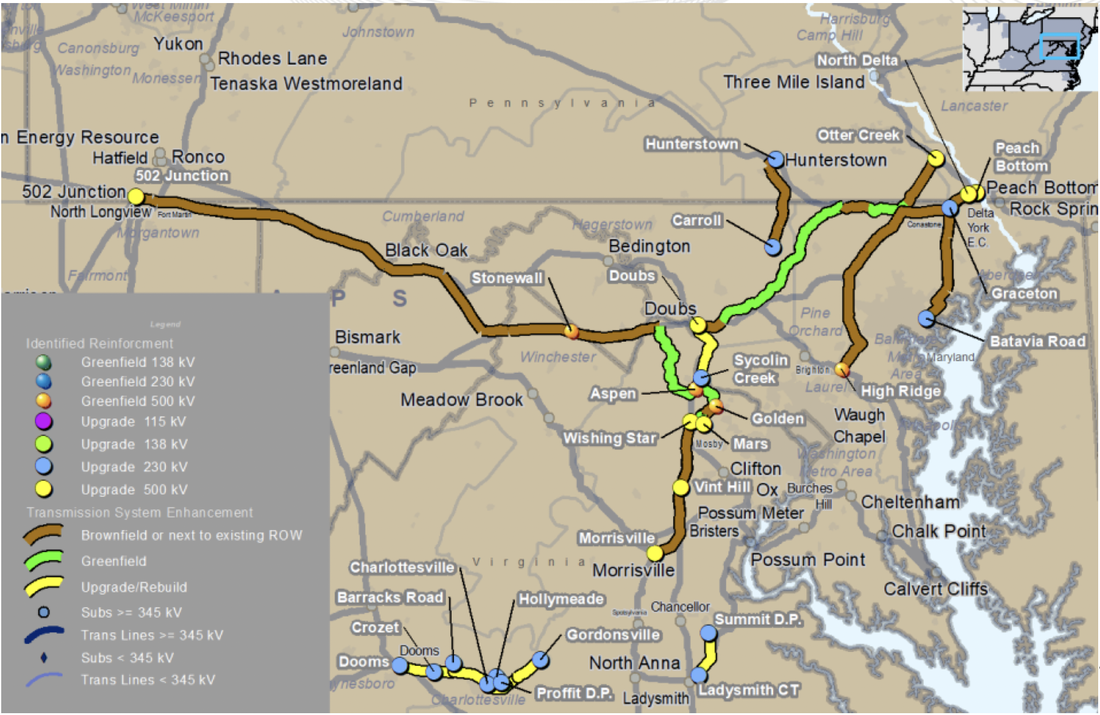At the September 5, 2023 TEAC meeting, I asked if PJM had engaged in conversations with Virginia state officials about their plans to advance dependable, dispatchable generation in Data Center Alley as an alternative to a transmission solution only approach. The negative, volatile reaction of your employees running the TEAC meeting was essentially to squash any and all ideas that PJM would ever have that type of conversation with state officials. Certainly, the Data Center Alley companies build of back-up generation on site in the form of diesel generators is apparently fine with Virginia officials. So again, please explain why PJM will not have that conversation? Your own Market Monitor has told PJM over and over again that a process to compare the building of generation vs. building transmission should already be in place.
The only two states in PJM’s Mid-Atlantic region that have excess generation capacity to send to Data Center Alley are Pennsylvania and West Virginia. What happens to PJM’s “solution” when the Biden Administration fulfills their promise to shut down all the coal-fired plants in the country? What happens when PA and WV are tapped out with their excess generation capacity? How close are we to that tipping point? Will this 2022 Window 3 solutions be for naught when there is no power to send?
Is PJM sure this time, that the transmission that you are ordering will be the last time that the same communities are asked to shoulder this burden? Wasn’t it just in 2017 and again in 2021, that the MD/PA border region in Harford County, MD and York County, PA experienced backbone transmission projects? What financial benefit does our area receive in tax revenues from Data Center Alley? NONE! If the State of Virginia wants to keep receiving the tax revenues from data center development, then they need to man up and build the necessary generation to support this type of development. The same communities should not be asked once again to shoulder this burden.
The reality is, that green energy cannot provide sufficient electricity to meet the needs of our Country at this time. States with ambitious green agendas are being disingenuous to their citizens. Shutting down reliable, dispatchable generation on the hope that wind, solar and battery storage can be effective in supplying electricity is a fool’s errand that will only increase electricity costs for ratepayers.
PJM knows that and should make it clear to the States that doing so will result in widespread loss of electricity for its 65 million ratepayers. Certainly, the 11-30-2023 OPSI letter you received clearly outlines the grave concerns associated with the 2022 Window 3 solutions and the need for reliable and affordable electricity for PJM ratepayers.
The PJM BOM should reject the 2022 Window 3 solution and look to find ways with the State of Virginia to build generation within the data center development areas. In addition, PJM should also find ways to protect the operation of our reliable, dispatchable generators until other technology has the capability to take its place.
Sincerely,
Patti Hankins Maryland Ratepayer


 RSS Feed
RSS Feed